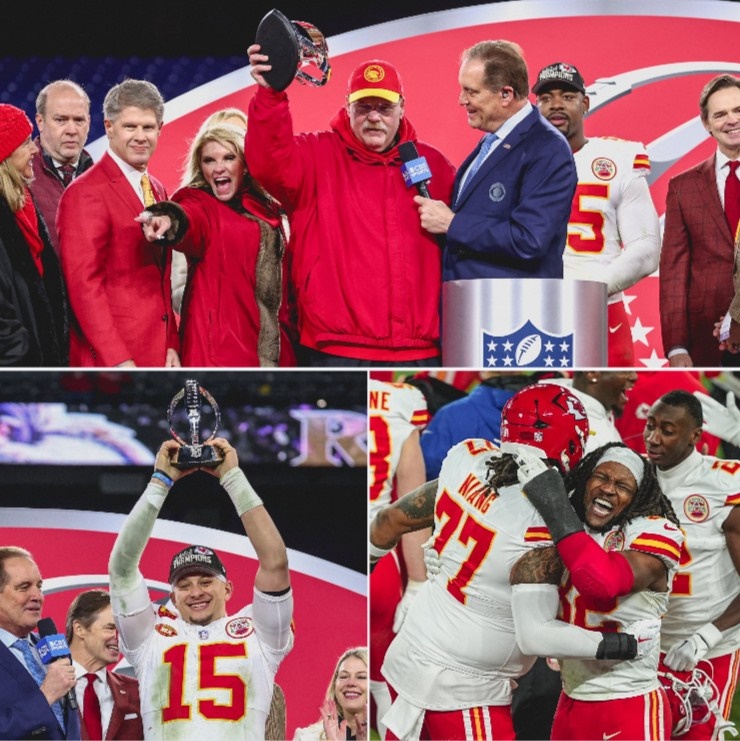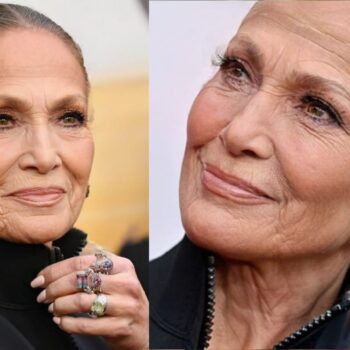
Taylor Swift’s claim to the title of the world’s most famous musician is crystal clear, and the reasons behind her unparalleled success are as compelling as her melodies. Here’s the breakdown.

Karma is working overtime for Taylor Swift. Between her wildly popular Eras Tour, mastery of the Billboard charts, billion-dollar fortune, twelve Grammy Awards, domination of the pop culture headlines, and reclamation of her previous albums, there is no denying Swift’s monumental fame and success.

And it’s no fluke.
Three School of Music and Dance experts break down how she has masterminded global success.
HER MUSIC
“We can’t talk about Taylor Swift’s success without acknowledging her preternatural ability to write songs that are familiar yet distinctive, accessible but not trite,” Associate Professor and Chair of Popular Music, Toby Koenigsberg, says. “It’s important to emphasize that it’s incredibly difficult to write a song like the songs Taylor writes,” he adds. “It’s difficult to do even one time. To do it across an entire album is much harder still, and she has been doing it on album after album for close to two decades now.”
“Taylor Swift is really good at writing music,” Associate Professor of Music Theory Drew Nobile notes. “That’s indisputable. She knows how to craft a melody. The subjects of her songs are very relatable. I’m a 38-year-old male and I can listen to her songs, even those she wrote when she was 20, and connect with them.”

HER VERSATILITY
From country, to pop, to indie folk, Swift has expertly navigated switching genres throughout her career. Nobile and Koenigsberg say this ability to evolve is difficult to master, yet she did, and managed to still sound like “Taylor.”
Originally a country artist, she first dipped her toe into pop with the album, Red. She collaborated with Max Martin, a highly respected producer and songwriter, on the album. With a resume packed with megahits such as Britney Spears’ “…Baby One More Time” and The Backstreet Boys’ “I Want it That Way,” Martin co-wrote and produced three songs on Red, including Swift’s number-one pop hit “We Are Never Ever Getting Back Together.” While pop in nature, Red still incorporated banjo instrumentation and Swift maintained her country twang.
In an unprecedented move, Swift almost entirely abandoned the country genre with her next record, 1989, Koenigsberg notes. “Rather than the gradual evolution over a period of a few albums that you might expect, she transitioned quickly,” he observes. “And when she did it, she knocked it out of the park. A new Taylor in a new genre emerged fully formed, and already at its artistic zenith.”
Swift, however, continues to tap into her country roots through her expert storytelling, a hallmark of country music. “She is a great storyteller whether she is telling a fictional story about someone who has murdered her husband or a story about her own breakup,” Nobile said. “She can weave that narrative in her lyrics and that has allowed the fans who liked her because she was a country singer to stick around.”
When evermore and folklore were released in 2020, the world witnessed Swift, once again, mastering a genre switch, from pop to indie folk. “Oftentimes fans will rebel if artists stray from their original genre, and somehow, she’s avoided that and it’s incredible,” Nobile added.















